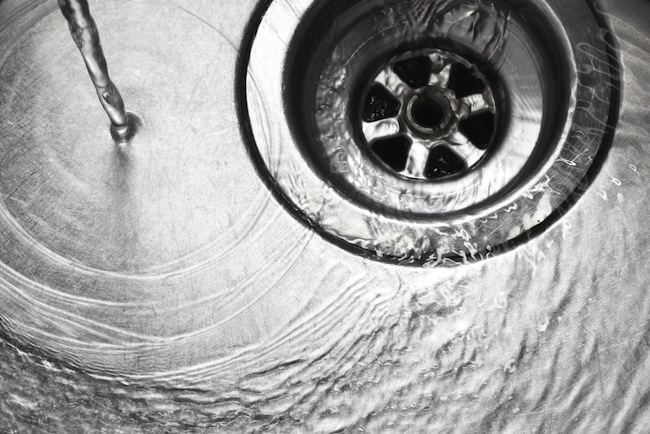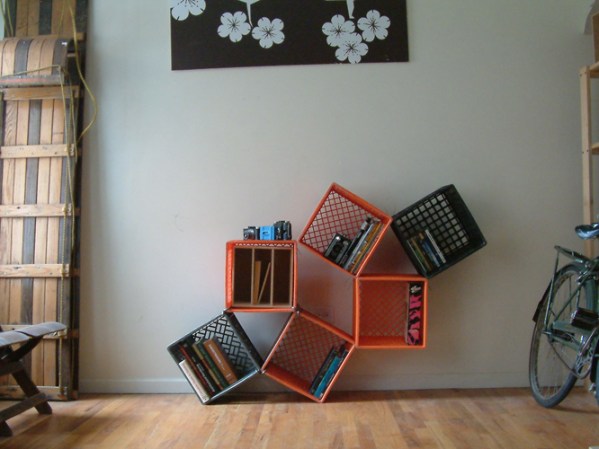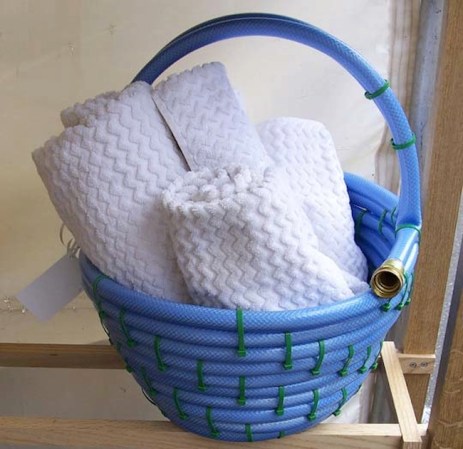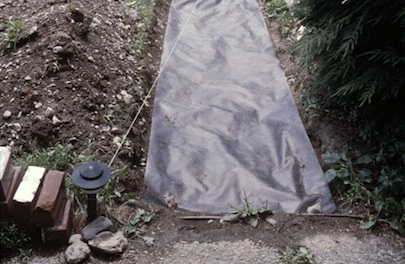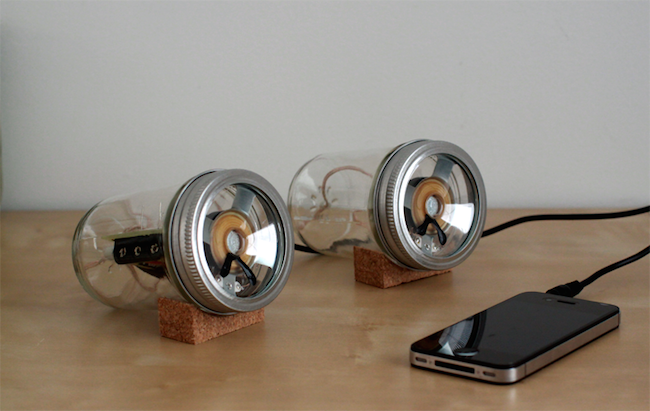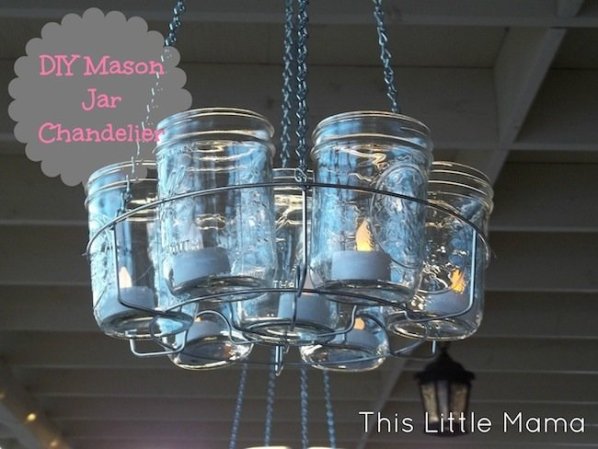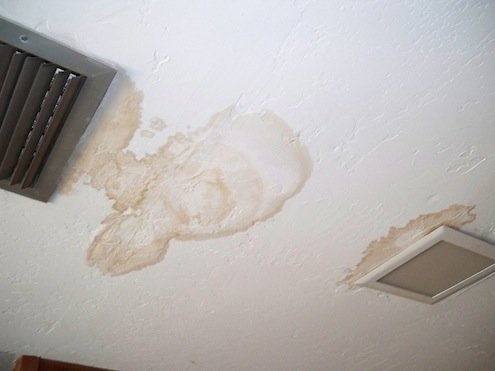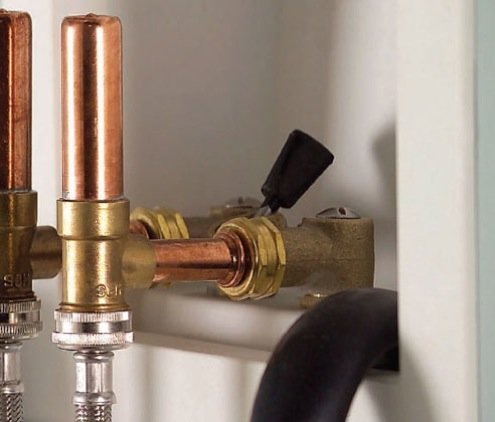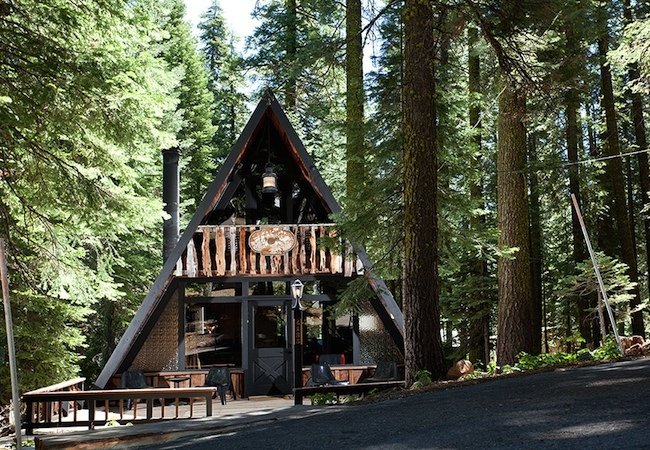We may earn revenue from the products available on this page and participate in affiliate programs. Learn More ›
It takes a whopping amount of water to sustain what many would regard as modest household usage. Imagine a family routine that involves twice daily showers, a couple of laundry loads per week, 15 minutes a day washing dishes, and 10 minutes spent running the faucet. Believe it or not, according to the Southwest Florida Water Management District, that household uses 192 gallons per day on average.
Related: 13 Rain Barrels That Perform with Style
All that water doesn’t have to go down the drain! More and more homeowners are setting up systems that divert gray water—that is, waste from bathroom and kitchen sinks, the dishwasher, bathtubs, and showers—into the garden. While some municipalities place severe restrictions on gray water use, others encourage the practice and offer information to guide you toward installing a successful system.
Storage vs. Direct Water
In designing a gray water recycling system, you basically have two options: You can choose to have the water accumulate in a tank or barrel (exposed aboveground or concealed underground), or you can have the water drain directly into your garden. In either case, it’s wise to install three-way diverter valves on the drain lines you wish to tap. That way, if there’s been heavy rain, or if your storage barrel is nearly full, you can switch to sending the water into the sewer or your septic tank. Note that if you collect gray water in a storage container, you’ll want to use it before the organic material within it begins to break down and cause odors. Typically, that process occurs in 24 hours or fewer.
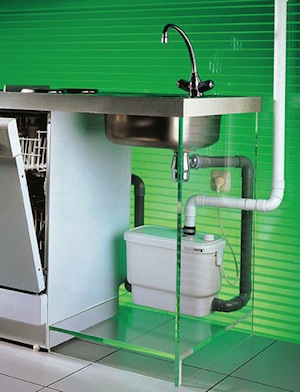
Gravity vs. Pump
If your garden sits downhill from your home, then you can rely on the force of gravity to carry gray water where it needs to go. Either run separate lines between your home’s plumbing and the outdoors or merge the different pipes into a main one that delivers the outflow.
If your garden lies uphill from your house, you’ll need a pump to do the job. Join all lines into a single pipe or storage container, and hook up an effluent pump (rated to handle up to 3/4-inch solids) to move water to its destination.
In the Garden
Gray water should exit the home through one-inch PVC pipes. Outdoors, flexible poly tubes are recommended; you can poke holes in them to irrigate portions of the yard. Alternatively, install plastic outlets along the line at key watering points. Refer to your local code regulations for details on the depth to which pipes should be buried—two inches is the California standard. Cover the trench with a layer of mulch to soil grade.
Further considerations:
– Be sure pets and children have no access to gray water, as drinking it may cause illness.
– Run your lines in a way that inhibits water from pooling in a single area.
– If you plan on irrigating with gray water, switch to detergents that contain neither sodium nor borax.
– Bar soaps make water more basic (not acidic); switch to liquid soap if your plants are sensitive.
– Avoid chlorine bleaches and bath salts, as both pose risks in the garden.
